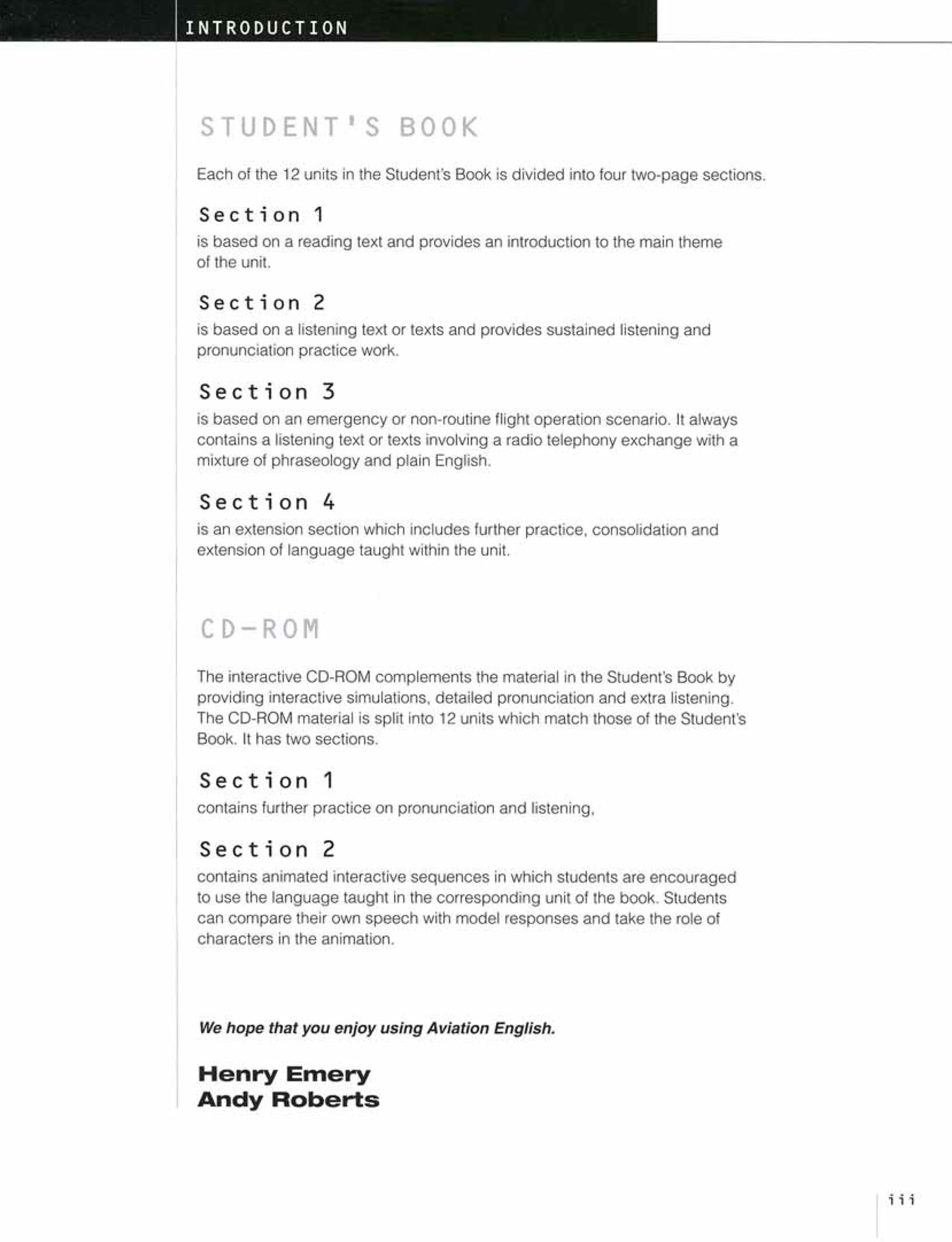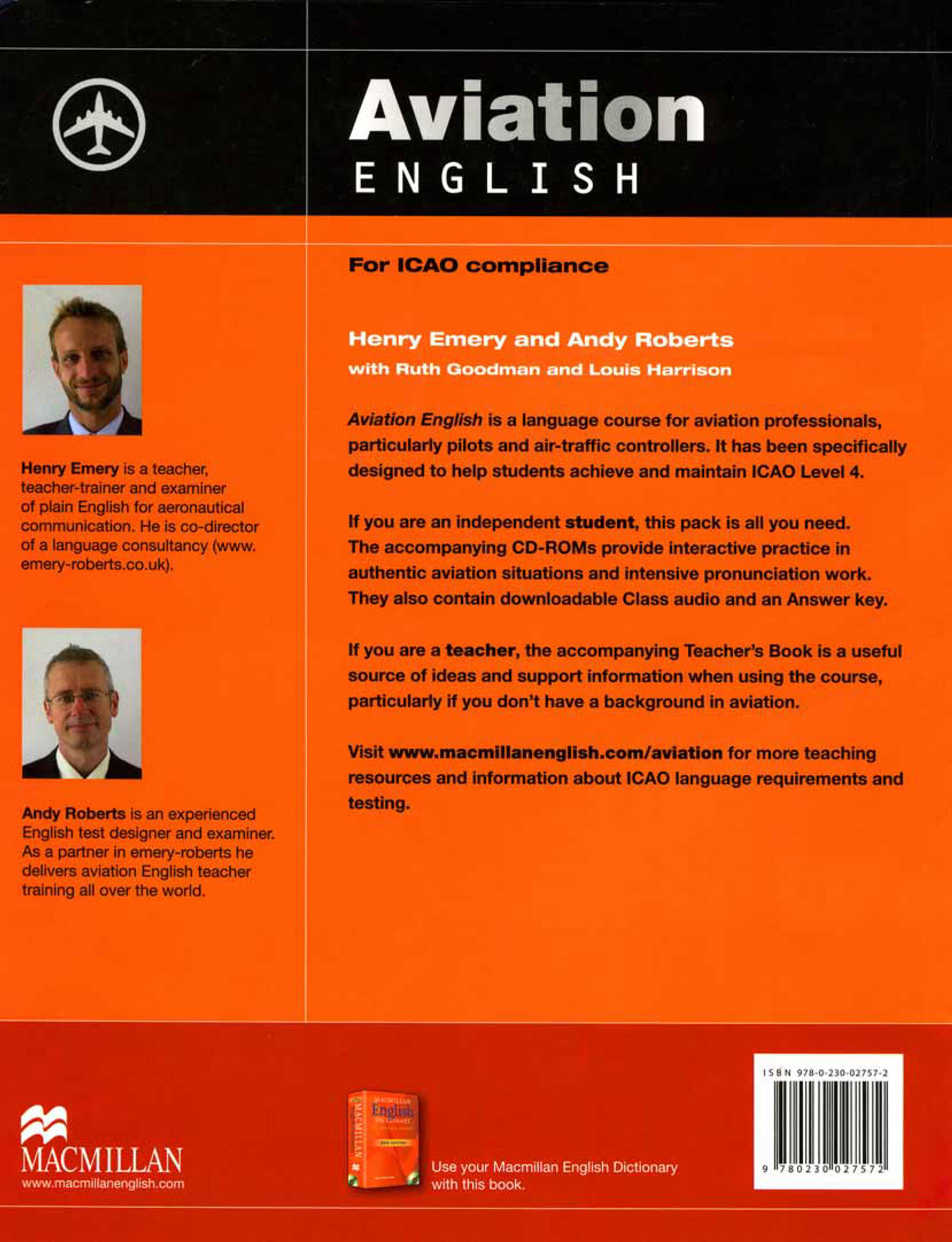Aviation has always been a realm of fascination and innovation, bridging the gap between dreams and reality. The sky, once a domain exclusive to birds, has become a theater of human ingenuity and engineering prowess. As we ascend above the clouds, we not only conquer gravity but also embrace the spirit of exploration and adventure. This book is dedicated to those who seek to understand and master the principles that keep us aloft, providing a foundation for safe and effective flight.
From the earliest experiments of pioneers like the Wright brothers to the sophisticated aircraft of today, the evolution of aviation is a testament to human perseverance and curiosity. Each generation of aviators builds upon the knowledge and achievements of their predecessors, pushing the boundaries of what is possible. This text aims to equip aspiring pilots with the essential knowledge and skills needed to navigate the skies, emphasizing the importance of both theoretical understanding and practical application.
Ground instruction forms the bedrock of any successful flight training program. It is here, on solid ground, that pilots learn to interpret weather patterns, master navigation techniques, and understand the mechanics of their aircraft. This book meticulously covers these topics, ensuring that students are well-prepared before they ever leave the runway. By integrating real-world examples and exercises, we strive to make complex concepts accessible and engaging.
Safety is paramount in aviation, and a thorough understanding of the principles covered in this book is crucial for any aspiring pilot. From pre-flight inspections to emergency procedures, each chapter is designed to instill a culture of vigilance and preparedness. By adhering to these standards, pilots not only ensure their own safety but also contribute to the overall safety of the aviation community. This commitment to excellence and safety is the cornerstone of professional aviation.
As you embark on this educational journey, we encourage you to approach each lesson with curiosity and dedication. The knowledge and skills you acquire here will serve as the foundation for your aviation career. Remember that every great pilot was once a student, and the path to mastery is paved with continuous learning and practice. May this book inspire you to reach new heights and achieve your dreams in the boundless skies.
Runway incursions present one of the most significant hazards in aviation. Defined as any occurrence at an aerodrome involving the incorrect presence of an aircraft, vehicle, or person on the protected area of a surface designated for the landing and takeoff of aircraft, these incidents can lead to catastrophic consequences. This unit aims to provide a comprehensive understanding of runway incursions, their causes, prevention strategies, and the critical role of situational awareness.

Airport Runway and Taxiway Signage
A primary cause of runway incursions is communication breakdowns between pilots and air traffic control (ATC). Misunderstandings or missed communications can result in unauthorized movements on the runway. Effective communication protocols, including readbacks and confirmations, are essential in mitigating these risks. Pilots must always clarify instructions if there is any doubt and adhere strictly to ATC commands to ensure runway safety.
Another significant factor contributing to runway incursions is human error, often stemming from fatigue, stress, or distraction. Pilots and ground personnel must maintain high levels of alertness and situational awareness, particularly during critical phases of flight, such as taxiing and landing. Regular training and adherence to standard operating procedures (SOPs) can help reduce the likelihood of errors.
The design and layout of airports also play a crucial role in preventing runway incursions. Clear signage, lighting, and marking of runways and taxiways are vital for safe operations. Airports must continually assess and improve their infrastructure to minimize confusion and enhance visibility for both pilots and ground personnel, especially in low-visibility conditions.

Air Traffic Control Tower
Technological advancements have significantly contributed to reducing runway incursions. Systems such as the Airport Surface Detection Equipment (ASDE-X) and the Runway Status Lights (RWSL) provide real-time situational awareness and automated alerts to pilots and controllers. Embracing and integrating these technologies into daily operations can greatly enhance runway safety.
Training programs for pilots and air traffic controllers must emphasize the importance of situational awareness and adherence to procedures. Scenarios involving potential runway incursions should be regularly simulated to prepare personnel for real-world situations. Continuous education on best practices and emerging technologies is essential for maintaining a culture of safety.
Runway incursions are not solely the responsibility of pilots and ATC. Ground vehicle operators, maintenance crews, and other personnel operating near runways must also be vigilant and adhere to safety protocols. Comprehensive training and strict access controls are necessary to ensure that all individuals working in the airport environment understand and mitigate the risks associated with runway operations.

Pilots in Cockpit
Incident reporting and analysis are crucial components of preventing runway incursions. All incursions, regardless of severity, should be documented and analyzed to identify underlying causes and trends. This data can inform safety improvements and the development of more effective prevention strategies.
International collaboration and standardization of procedures are vital for mitigating runway incursions, especially at busy international airports. Organizations such as the International Civil Aviation Organization (ICAO) play a key role in developing and promoting global standards for runway safety. Harmonized procedures ensure consistency and reduce the risk of misunderstandings and errors.
Finally, fostering a culture of safety within aviation organizations is essential for preventing runway incursions. This involves promoting open communication, encouraging reporting of safety concerns, and continually striving for improvement. A proactive approach to safety, where everyone takes responsibility for their actions and remains vigilant, is the most effective way to ensure that runway incursions are minimized.
To enhance the visual appeal and understanding of the content, you can include relevant images between the paragraphs. Here are some suggested links to download aviation-related images:
Aviation technology has revolutionized air travel, transforming it from a risky endeavor into a safe, efficient, and highly sophisticated mode of transportation. This unit delves into the various technological advancements that have shaped the aviation industry, highlighting innovations in aircraft design, navigation systems, safety measures, and environmental sustainability.
Modern Aircraft Design
One of the most significant advancements in aviation technology is the development of modern aircraft. Today’s airplanes are marvels of engineering, featuring lightweight composite materials, advanced aerodynamics, and powerful yet fuel-efficient engines. These innovations have not only improved performance but also reduced the environmental impact of flying by lowering fuel consumption and emissions.
Navigation technology has also seen remarkable progress. The advent of the Global Positioning System (GPS) has revolutionized how aircraft navigate, providing precise location data and enhancing situational awareness. Coupled with sophisticated avionics systems, pilots can now rely on accurate, real-time information to make informed decisions, ensuring safer and more efficient flights.
Safety is paramount in aviation, and technology plays a critical role in maintaining it. Innovations such as the Traffic Collision Avoidance System (TCAS) and Ground Proximity Warning System (GPWS) have significantly reduced the risk of mid-air collisions and controlled flight into terrain (CFIT) accidents. These systems continuously monitor the aircraft’s surroundings and alert pilots to potential hazards, allowing for timely corrective actions.
The integration of automation and fly-by-wire systems in modern aircraft has further enhanced safety and efficiency. Automated systems assist pilots by managing routine tasks and monitoring flight parameters, reducing the workload and minimizing human error. Fly-by-wire technology replaces traditional mechanical controls with electronic interfaces, improving responsiveness and reliability.
In-flight entertainment and connectivity have also seen dramatic improvements. Passengers now enjoy high-speed internet access, on-demand entertainment, and real-time communication options while in the air. These advancements have transformed the passenger experience, making air travel more enjoyable and productive.
Environmental sustainability is a growing focus in aviation technology. Innovations such as biofuels, electric propulsion systems, and more efficient air traffic management are being developed to reduce the carbon footprint of aviation. Airlines and manufacturers are investing heavily in research and development to create greener technologies that balance growth with environmental responsibility.
Maintenance and diagnostics have benefited immensely from technological advancements. Modern aircraft are equipped with sensors and diagnostic systems that continuously monitor the health of various components. Predictive maintenance algorithms analyze this data to identify potential issues before they become critical, reducing downtime and maintenance costs while enhancing safety.
Unmanned Aerial Vehicles (UAVs), or drones, represent a cutting-edge frontier in aviation technology. Drones are used in a wide range of applications, from surveillance and search-and-rescue operations to cargo delivery and agricultural monitoring. The continued development of UAV technology promises to expand their capabilities and integration into commercial airspace.
Cybersecurity is an increasingly important aspect of aviation technology. As aircraft systems become more interconnected and reliant on digital networks, protecting these systems from cyber threats is critical. Ongoing efforts in cybersecurity aim to safeguard the integrity of flight operations and passenger data, ensuring that technological advancements do not come at the expense of security.

Biofuels and Green Technology
Looking ahead, the future of aviation technology holds exciting possibilities. Emerging concepts such as supersonic travel, urban air mobility, and space tourism are on the horizon, driven by relentless innovation and the desire to push the boundaries of what is possible. This unit provides a comprehensive overview of the current state of aviation technology and offers a glimpse into the future of flight.
Lorem ipsum dolor sit amet, consectetur adipiscing elit, sed do eiusmod tempor incididunt ut labore et dolore magna aliqua. Ut enim ad minim veniam, quis nostrud exercitation ullamco laboris nisi ut aliquip ex ea commodo consequat. Duis aute irure dolor in reprehenderit in voluptate velit esse cillum dolore eu fugiat nulla pariatur. Excepteur sint occaecat cupidatat non proident, sunt in culpa qui officia deserunt mollit anim id est laborum.













Reviews
There are no reviews yet.